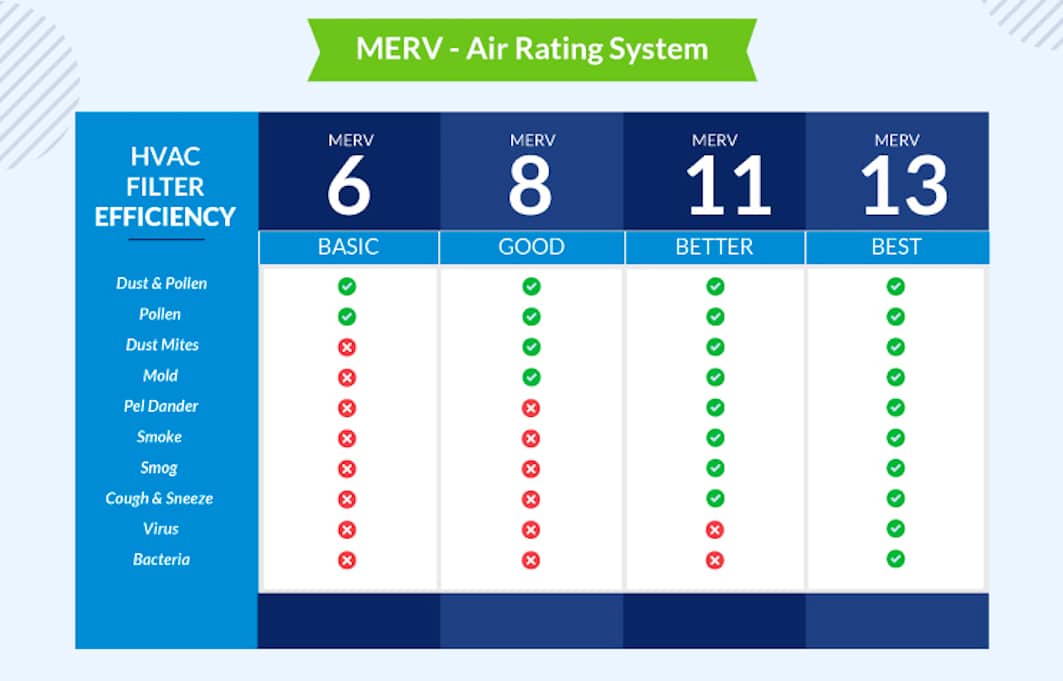Automotive Social Media Marketing: What Is It and How Does It Work?
Last updated on July 14th, 2025 at 10:20 am
Social media marketing has become an essential part of any automotive marketing strategy.
With over 4 billion social media users worldwide, platforms like Facebook, Instagram, and Twitter offer an unparalleled opportunity to connect with potential customers.
But what exactly is automotive social media marketing and how can dealerships and manufacturers leverage it effectively? This article breaks it down.
What is Automotive Social Media Marketing?
Automotive social media marketing refers to promoting automotive brands, dealerships, products, and services on social platforms.
It involves creating engaging content like photos, videos, and text updates to organically reach and interact with targeted audiences to raise brand awareness and drive sales.
Unlike conventional print and TV ads, automotive social media marketing allows two-way communication between brands and prospects.
Brands can share updates, current offers, vehicle launches, personalized content, discuss pain points, answer questions, etc directly through platforms like Facebook and Twitter rather than one-way advertisements to build relationships with audiences. The goal is to nurture followers into potential customers.
Major Social Media Platforms for the Automotive Industry
While options are plentiful, three major social networks dominate automotive marketing strategies:
With 2.9 billion monthly active users, Facebook is a crucial platform for engaging audiences.
Brands can create Facebook Business pages for free to share content, run ads, send messages and acquire followers.
Features like Groups and Live video connect brands with niche customer groups. 60% of Facebook users follow car brand posts showing massive reach.
Being a visual platform focusing on photos and short videos, Instagram is ideal for automotive brands to showcase vehicles.
Branded Instagram profiles and paid advertising drive awareness and target potential leads via 800 million users.
Instagram influencer campaigns with relevant hashtags also spark conversations around launches and current models.
The real-time nature of Twitter provides scope for automotive brands for timely interaction through tweets, profiles, discovery, and campaigns.
Brands can drive engagement via #hashtags, share updates about safety recalls, industry news, exec tweets and more. Paid ads further target messaging for events and offers.
Why Has Automotive Social Media Marketing Become Critical for the Industry?
Traditionally auto marketing relied on print, TV, radio and out-of-home channels with one-way communication.
But from marketing cars, parts, accessories and services, the game has changed with rising social media adoption across age groups providing unique benefits:
Increased Reach & Awareness
Unlike conventional broadcast channels, social platforms permeate vast targeted customer groups across devices and locations.
A single post on Facebook can reach thousands of potential leads instantly driving awareness better than traditional channels. Car posts generate the highest reach on Facebook at 60%.
Meaningful Connections
Social platforms facilitate meaningful dialogues between brands and customers rather than one-way ads.
Through comments, shares, messages and tags, brands can develop trust and long-lasting connections answering queries and understanding consumer needs.
72% consumers are more likely to take action after social media engagement showing how it powers loyalty and recommendations.
Cost-Effective Campaigns
While still investing in TV and outdoor advertising, automotive brands are increasing social media budgets owing to extremely competitive CPM rates.
Automotive brands moved 39% of budgets to social ads in 2021 benefiting from cost-effective targeting and measurable ROIs not possible for traditional media buys.
Video ads on Facebook and Instagram Stories generate buzz for comparatively lower production costs than TVCs.
Valuable Data
Analytics tools offer rich auto consumer data like best-performing content, engagement rates, demographic analytics, competitor analysis etc helping refine marketing campaigns.
Metrics like click-through rate (CTR) provide tangible ROIs unavailable through offline channels guiding budget allocation across platforms and campaigns.
Hashtags and location tagging give brands a valuable understanding of target groups.
Instant Interaction
Being always-on channels, social networks allow real-time interaction with auto consumers when making purchase decisions.
72% car buyers who are social media savvy expect responses from brands within 5 hours showing how social customer service is crucial.
Brands can drive leads and conversions through instant query resolution and sharing test drives and inventory availability details.
Core Automotive Social Media Marketing Strategies for Automotive Brands
Automotive social media marketing success depends on core strategies, including:
Optimized Profiles
Professional social media profiles lie at the core conveying brand identity clearly to prospects. Compelling graphics and verified badges establish authority.
Descriptions must include USPs, offerings and contact details prominently.
Cover images and profile pictures matching brand guidelines ensure consistency across networks for easy discovery.
Engaging Content
Share photos and videos of latest models, industry news, auto events, infographics and more for steady organic visibility rather than always hard-selling.
Humanized content increases audience engagement triggering profile visits, likes and shares in turn amplifying reach.
Responding to comments and queries also boosts perceived brand credibility.
Paid Advertising
Paid social campaigns target relevant groups at scale based on location, interests, intent signals and past actions.
Carousel ads showcase products effectively while video ads tell brand stories creatively leading to conversions.
Retargeting engages previous site visitors. Dynamic ads display products matching recent search histories for accurate targeting.
Influencer Marketing
Collaborating with niche social media influencers relevant to the category sparks awareness around new vehicle launches and features while increasing followers.
With candid reviews and recommendations to followers, influencers amplify authentic brand awareness to the right audiences.
Promotions & Contests
Monetary discounts, giveaways, free test drives, and referral programs promoted through social channels incentivize audience participation, generate leads during slow periods and aid conversions.
Imaginative contests often go viral increasing followers rapidly while lead ad forms help capture consumer data.
Analyzing Performance
Customized analytics provide campaign and platform-specific insights relative to targets for iterative optimization to realize ROI.
Underperforming initiatives must be refined consistently based on costs per conversion/acquisition and engagement benchmarks.
Steps to Building an Automotive Social Media Marketing Strategy
With objectives defined, an automated social media marketing plan involves:
Research Audience & Competitors
Analyze target consumer personas, preferred platforms and engagement patterns through surveys and tools.
Evaluate competitor content strategies across platforms measuring engagement and reach via analytics. Identify proven formats, positioning themes and gaps to build effective strategies.
Set Measurable Goals
Outline campaign goals and key results across channels based on budgets – typical metrics being brand awareness, reach, website traffic, lead generation and conversions (test drives, brochure downloads, sales inquiries). Platform-specific benchmarks ensure traceable progress.
Strategize Content
Create platform-specific content plans – update frequency, themes, formats, tonality and calls-to-action tailored for each network’s audience.
Social listening provides consumer insights to craft messaging that resonates.
Aim for at least one daily update with a healthy mix of hard-selling product features, brand updates, behind-the-scenes content, interesting facts, exec perspectives and community conversations.
Allocate Budgets
Allocate budgets and resources needed to produce and publish engaging social content including ad spends and influencer partnerships.
Many brands assign 20-30% of overall marketing budgets to social while also having dedicated creative resources producing optimized formats.
Schedule & Implement
Schedule daily content updates across selected platforms over the quarter using social media management tools driving engagement.
Tailor messaging for each channel’s scope – community conversations for Facebook, eye-catching vehicle videos for Instagram etc.
Launch paid campaigns targeting relevant custom audiences and niches for maximizing reach.
Track & Refine
Apply analytics to fine-tune strategies. Assess content performance through likes, comments, click-through rates, conversions and competitor comparisons annually.
Eliminate poorly-performing updates, change networking targeting and reallocate budgets across better-performing platforms driving continuous improvement.
Wrapping up
Implementing social media marketing strategies aligned with commercial objectives drives significant awareness, consumer engagement and conversions for automotive brands in a measurably effective manner.
With target audience research, agile content innovation and relentless performance tracking, automotive brands can realize competitive advantage using these platforms.
While traditional above-the-line advertising focuses on interruptive models pushing products, social media enables intelligent engagement opportunities.
With platforms prioritizing organic content over ads, focusing on audience relationships through relatable updates ensures sustainable reach and credibility – not possible via third-party ads alone however targeted or eye-catching.




